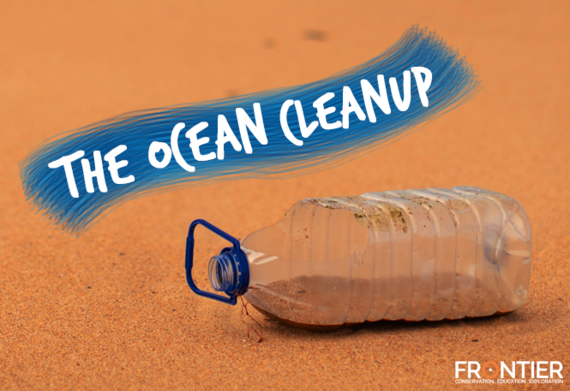
It's no secret that we've been dumping stuff in our oceans for years. It's probably also no secret that most of what's dumped are not natural materials that biodegrade but ones that are full of chemicals and toxicants and are damaging to the environment. In recent months, microbeads have stolen the headlines for being the villain of the polluted ocean piece. It goes deeper than that, though.
Plastic generally has multiplied exponentially in our oceans, thanks to our own lacklustre recycling and legislative efforts. The issue is so extensive, that a nickname has been given to an area of the North Pacific which is especially full of non-native materials. 'The Great Pacific Garbage Patch' raises an image in one's mind of a floating island of plastic bags and bottles and, while that image isn't strictly accurate, it is effective it getting across the severity of the issue.
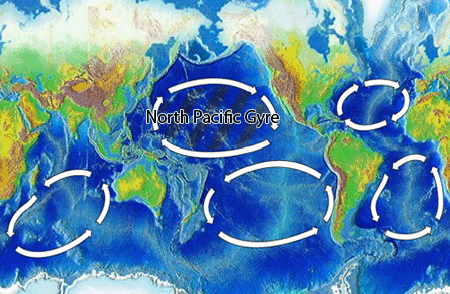
Not only is it just plain lazy and inconsiderate of us as a species to just dump our waste, it also does come back to bite us. Microscopic plastic particles find their way easily into the oceans food chains in animals of all sizes and diets. This knock on effect not only causes damage to fish and other species, but to us too as we eat the fish. We eat fish that is full of toxicants and chemicals from the plastic based diet that fish has been eating. Would you eat a bottle cap?
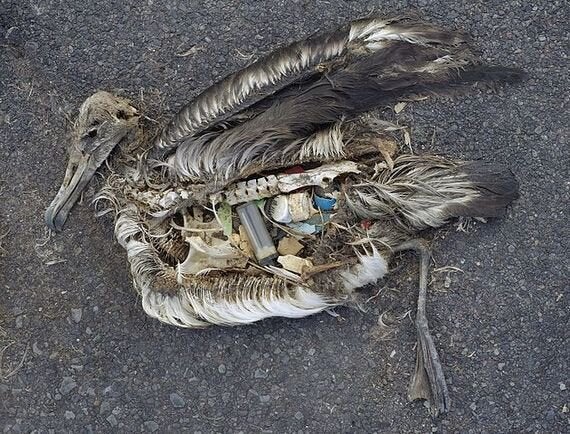
Efforts to clean the oceans have been few and far between for a list of reasons which is as long as the oceans are deep, including the cost and timeframe. Back in 2013, a Dutch 19 year old student studying aerospace engineering had a brainwave that would, hopefully, revolutionise ocean maintenance and cleaning. The idea hit him when he was scuba diving in Greece on holiday and "saw more plastic bags than fish". Get your head around that. From there (cue the inspirational music) The Ocean Cleanup was born.
After 18 months of banging his head against the wall, founder Boyan Slat started a crowdfunding programme to raise funds, awareness and hopes about The Ocean Cleanup. Momentum was then in hot supply with huge sponsorship from multiple large organisations, including the CEO of Salesforce.com, Marc Benioff.
With this injection of financial adrenaline, The Ocean Cleanup was able to kick start their research into Boyan's revolutionary idea. After a year of research and an expedition to the problem areas, The Ocean Cleanup printed their Feasibility Study to prove it was possible. They added a nice touch to this too, by making the cover of the 500 page document out of recycled plastic they had collected from the North Pacific.
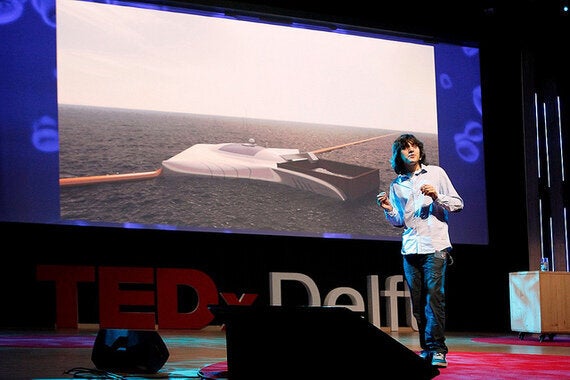
His plan, instead of trawling the oceans with nets "fishing" for plastic, was to sit idly by and wait for the ocean currents to bring the plastic to him. A far cheaper way of doing it, as cost wise alone The Ocean Cleanup is reckoned to cost around 3% of that of trawling for trash, not to mention the huge environment impact and collateral damage trawling for trash would cause. These plastic patches all over the world are stuck in current systems called gyres, which means they congregate in multi-million square miles of ocean. Now you can see the scale of the problem, especially when huge amounts of this plastic is microscopic. Needle, haystack, you get the picture.
The device that is designed is a simple and ingenious way of collecting the plastic pollution. A central platform will be anchored to the seabed which will have two vast arms forming a V shape coming out either side. This V will be pointed in the direction of the path of the current, making a natural trap for the floating debris as it dawdles past. Thanks to the shape of the arms, or 'booms', the plastic will gradually collect at the centre where the platform will collect it for transportation and recycling. Aren't the simple ideas always the best?
A big concern with this project however has been the environmental impact of such an ambitious idea. One of the issues that negate the idea of just trawling for trash is that you also collect collateral fish and other life in the process, as well as being unable to collect ALL that you want given that much of the plastic is in the form of tiny particles too small for nets. In response, The Ocean Cleanup has devised a boom/arm which sinks only a few inches below the surface, allowing all animals and plankton etc. with a neutral buoyancy to simply swim or float under it thanks to a small push from the current. The plastic, which is lighter than water, can't flow under the boom and is collected, thus separating the pollution from the plankton with ease.
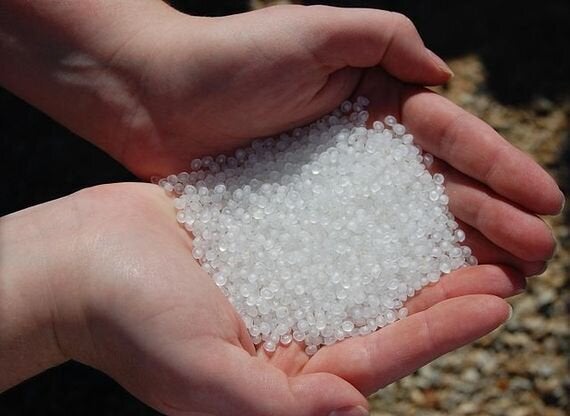
Arms of this scale, (The Ocean Cleanup hopes to create arms that are hundreds of kilometres long) means that they would need to be extremely durable to the rough seas and weather they would be exposed to in their life. Design works and prototypes have eventually landed on a structure for the arms that will resist 97% of weather interference and will remain effective in any sized ocean swell. Being hundreds of kilometres long in oceans all over the world, these arms would definitely need to be durable.
So what's the downside to all this really positive stuff I hear you ask? Well, if there is one at all, it's time. Millions more tonnes are being pumped into the ocean every year, making the plan even harder to execute. However, at the current speed, The Ocean Cleanup should get their first prototype off the coast of Japan later this year. Phase three of constructing these platforms and arms worldwide, is planned for 2020 with Boyan Slat confident his method can clean the oceans extensively in 10-20 years, far sooner than the estimate for trawling the litter which was 17,000 years.
It all sounds amazing, obviously, and The Ocean Cleanup and Boyan Slat are ones to watch in the immediate future in conservation. It's crucial that this project doesn't bail us out though; learning to control our plastic pollution is just as important as being able to clean it. The man with the plan himself has made a great point about The Ocean Cleanup on a fair few occasions; it's far easier to fix a problem that isn't still being caused.
If you would like to get involved in one our Marine Conservation Projects with a chance to put your ideas to the test then check them out here.
By Guy Bezant - Online Journalism Intern
Frontier runs conservation, development, teaching and adventure travel projects in over 50 countries worldwide - so join us and explore the world!
See more from our volunteers #Frontiervolunteer
